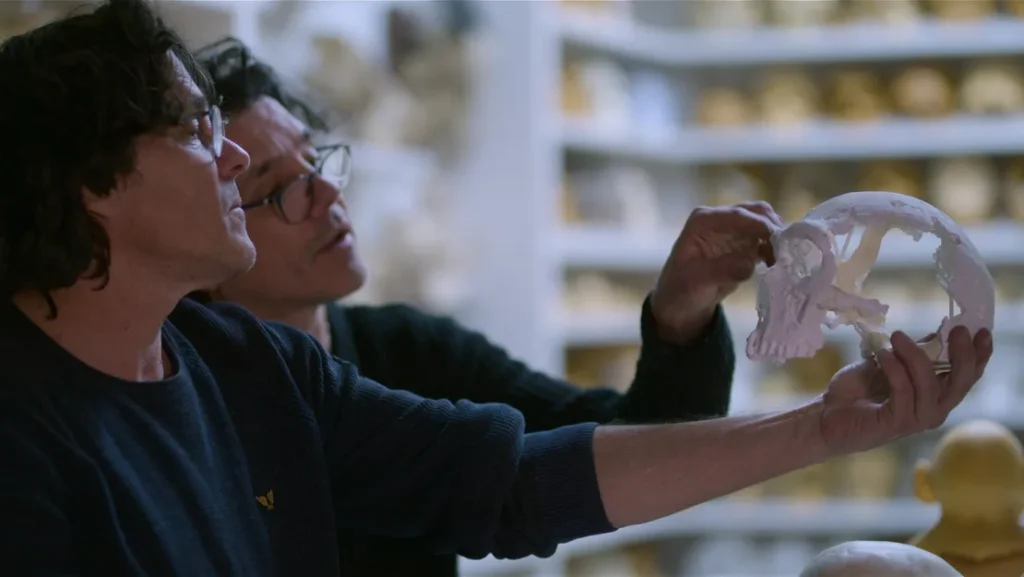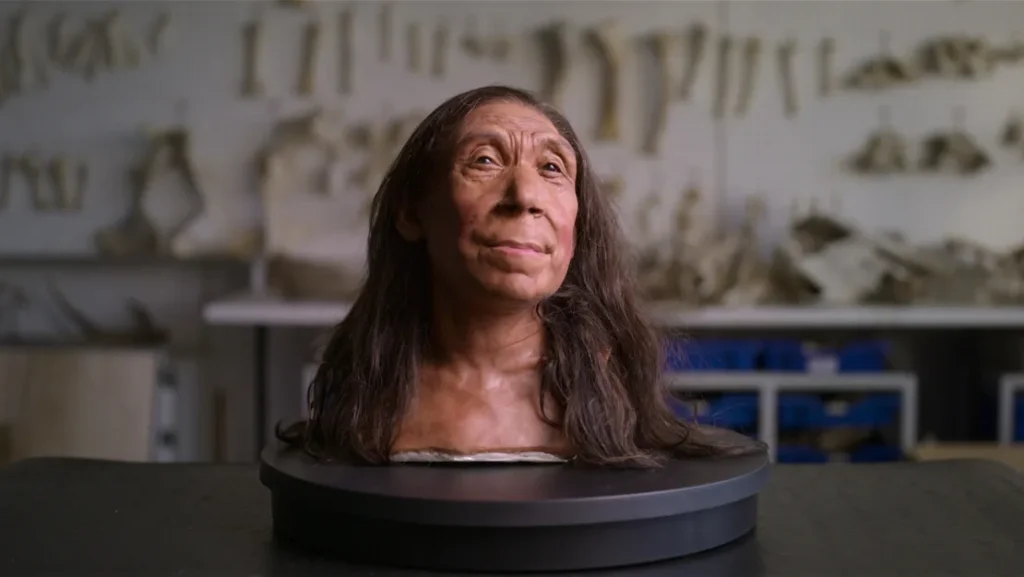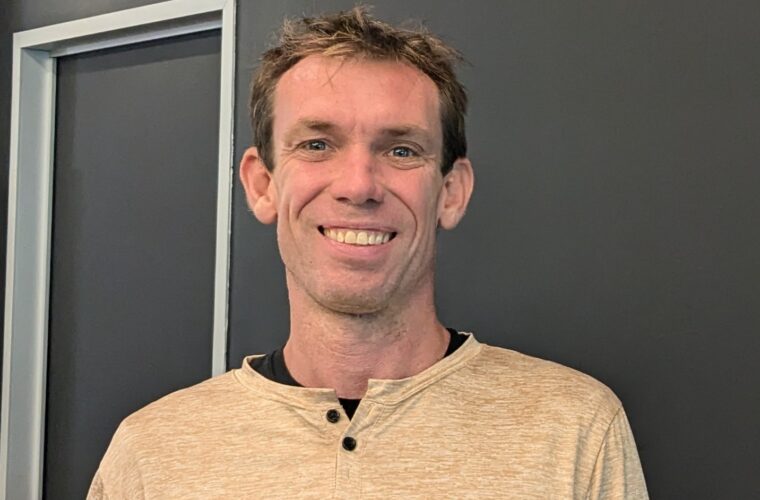Imagine standing face-to-face with one of our ancient relatives from 75,000 years ago. This remarkable possibility has been brought closer to reality by scientists who have reconstructed the face of a Neanderthal woman, offering new insights into our evolutionary past. Scientists studying her remains have painstakingly pieced together her skull from 200 bone fragments, a process that took nine months. They used the face and skull contours to guide a reconstruction to understand what she may have looked like. The striking recreation is featured in a new documentary, “Secrets of the Neanderthals” produced by BBC for Netflix.
In 2018, a team of archaeologists unearthed the shattered remains of a Neanderthal woman in Shanidar Cave, located in Iraqi Kurdistan. Known as Shanidar Z, this discovery added to the significant finds in the cave, where the remains of more than ten Neanderthals have been previously uncovered. The skull of Shanidar Z was particularly challenging, as it had been crushed into over 200 fragments, likely due to a rockfall from the cave’s roof.
Neanderthal woman: The reconstruction process
Reconstructing Shanidar Z’s face was no small feat. The delicate bone fragments were carefully strengthened and reassembled in a process likened to solving a high-stakes 3D jigsaw puzzle. This meticulous work was undertaken by Dr Emma Pomeroy and her team at the University of Cambridge. They used advanced techniques, including micro-CT scans, to assemble the fragments. The reconstructed skull was then scanned and 3D-printed, providing the foundation for a lifelike facial reconstruction.
The 3D-printed skull was handed over to renowned paleoartists Adrie and Alfons Kennis, who are experts in creating anatomically accurate representations of ancient humans. They meticulously built up layers of muscle and skin over the skull, eventually revealing the face of Shanidar Z. The final reconstruction depicts a woman with pronounced brow ridges and a large nose, features characteristic of Neanderthals. Despite these distinct traits, her face shares a striking resemblance to modern humans, underscoring the close evolutionary relationship between our species and Neanderthals.


Insights from the reconstruction
The facial reconstruction of Shanidar Z offers more than just a glimpse into the appearance of Neanderthals. It challenges previous notions of their brutish and unsophisticated nature. The similarities between Neanderthals and modern humans suggest that interbreeding between the species was more plausible, contributing to the Neanderthal DNA present in almost all humans today. Neanderthals lived across Europe, the Middle East, and Central Asia for approximately 300,000 years and were shorter and stockier than modern humans. Their large brains were adapted to their robust bodies, and their prominent noses helped to humidify and warm the cold air of their environments. Shanidar Z’s reconstruction demonstrates that these ancient humans were more like us than previously thought, not just in physical appearance but potentially in cognitive and cultural capacities as well.
The discoveries at Shanidar Cave have significantly altered our understanding of Neanderthal culture. The careful placement of bodies in the cave suggests a form of burial practice, hinting at a deeper understanding of death and possibly even spiritual beliefs. While earlier theories proposed that Neanderthals buried their dead with flowers, recent research suggests that pollen found at the site may have been introduced by pollinating insects rather than being part of burial rituals. However, the consistent use of specific sites for laying the dead to rest indicates a form of cultural continuity and respect for the deceased. This behaviour aligns with the care shown to individuals with disabilities, as evidenced by other Neanderthal remains found with signs of long-term survival despite severe injuries, suggesting they were cared for by their community.
Shanidar Z: a life revealed
Shanidar Z is estimated to have been in her mid-40s at the time of her death, a relatively advanced age for a Neanderthal. Her worn teeth and signs of gum disease suggest that she had experienced a life of physical hardship. Despite these challenges, she lived long enough to contribute significantly to her community, likely sharing her knowledge and experience. The reconstruction and analysis of Shanidar Z provide a tangible connection to our ancient relatives. It allows us to see beyond the bones and fossils, imagining the life she led and the world she inhabited. Her face serves as a reminder of the shared humanity between Neanderthals and modern humans, bridging a gap of tens of thousands of years.
The findings at Shanidar Cave continue to shape our understanding of Neanderthal life and culture. As archaeologists like Dr. Pomeroy and her team delve deeper into the site, more discoveries are likely to emerge, further illuminating the complexities of Neanderthal existence. Each piece of evidence contributes to a more nuanced and complete picture of these ancient people.
The story of Shanidar Z, brought to life through scientific ingenuity and artistic skill, exemplifies the power of interdisciplinary collaboration in uncovering our past. It highlights the importance of preserving archaeological sites and continuing research to unravel the mysteries of human evolution. The reconstruction of Shanidar Z’s face is a testament to the resilience and ingenuity of our ancient relatives. It invites us to reflect on our place in the vast tapestry of human history, appreciating the shared heritage that links us to the Neanderthals who once walked the earth. Through their bones and the stories they tell, we gain a deeper understanding of what it means to be human.



